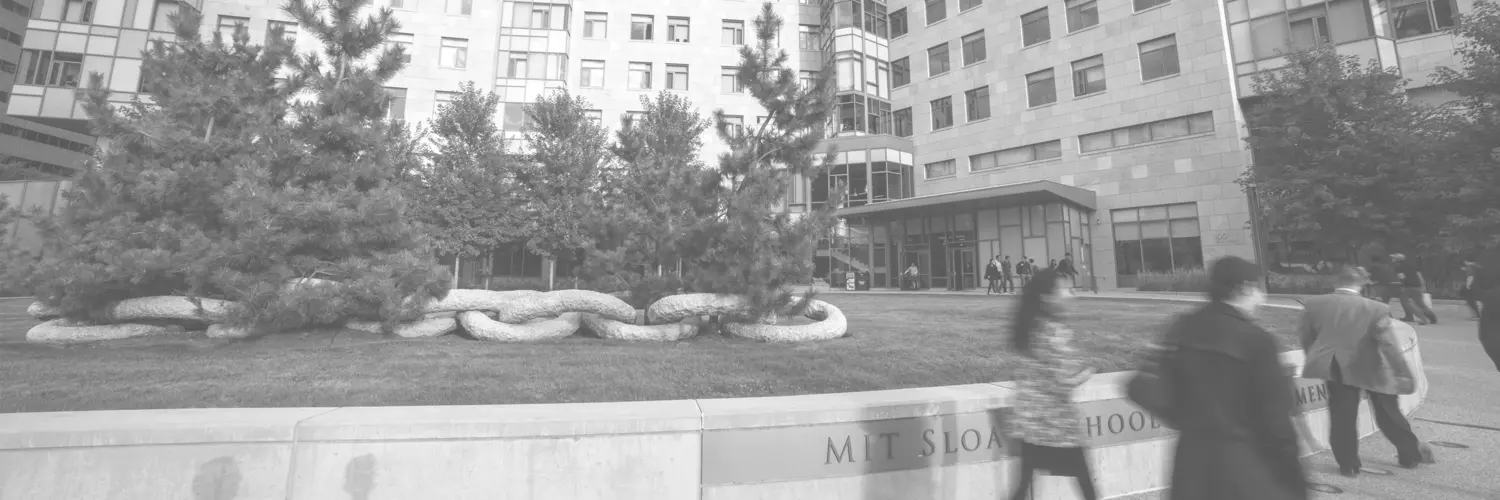Risk Management
These 2 things matter when bouncing back from natural disasters
On Sept. 19, 2017, an earthquake hit Mexico City that damaged and destroyed buildings across the city, killing more than 155 people.
After the earthquake, Miyamoto International, with the support of the U.S. Agency for International Development’s Office of Foreign Disaster Assistance, assisted with the recovery efforts and helped local engineers complete structural assessments. The team from Miyamoto, led by Elizabeth Petheo, MBA ’14, who heads the company’s Washington, D.C. office, specializes in urban disaster and risk reduction and resiliency programs globally.
According to Petheo, who has worked in international development her entire career, there are two primary aspects of building disaster resiliency: It should be country-driven, and international actors can act as a catalyst for knowledge transfer.
Country-driven approach.
“The national actors who are there, whether they are firefighters, first responders, or people working on disaster and emergency preparedness policy — they are the ones who drive the conversation,” Petheo said.
This is because those are the people who know the area best, understand what capabilities their community already has, and what needs to be strengthened.
To prepare for a crisis, there are a number of questions that communities can ask themselves. “This is not an exhaustive list,” Petheo said, “but there are a couple of different buckets: the logistical and operations side of things; overall administrative management of how things get executed; and the players themselves.”
As far as logistics and operations goes, the local actors need to assess what kind of equipment they have. If a road is blocked, can they get through? If a building collapses, do they have the machines to clear the debris?
With management, they need to establish a control structure. Who will be able to activate policies that are in place? Who will be making the decisions? In terms of individual players, they need to know who else in their ecosystem will be responding to disasters, and how their specific work area impacts other areas.
According to Petheo, being ready to answer questions like these will make countries more efficient when responding to a crisis.
Transferring knowledge.
The second part of developing resiliency in the face of a disaster is having international players acting as a catalyst. “This is central to the actual activities that you’re delivering,” Petheo said.
By spending time understanding a community and contextualizing its disaster response plans, outside players can help communities “understand links — how different actors who respond in a time of crisis can help and support each other,” Petheo said.
Companies like Miyamoto play a role here. Miyamoto helps countries figure out what makes sense for them, rather than providing a step-by-step playbook. This includes, with its structural and engineering expertise, helping officials think through how someone locally with engineering experience could help a search and rescue team do its job better, among other things.
Miyamoto uses a data-driven approach to help local first responders understand what different scenarios would be if an earthquake did strike their area — running simulations that show how an earthquake would affect an area, including what buildings could collapse and estimating the number of people who could be displaced. They then help communities identify the gaps in their readiness and what areas could be strengthened. Assessing these scenarios lets first responders plan how to respond when disaster strikes.
To say that disasters, like earthquakes, are disruptive is an understatement — the entire community is upended at the same time. “There is the economic, societal, social, and individual impact that’s happening all at the same time, which is what makes these kinds of emergencies so complex,” Petheo said. But “the more you can think through what possible scenarios would be, what the situation that the community or government face would be, the better they are in coping when a crisis actually happens.”



